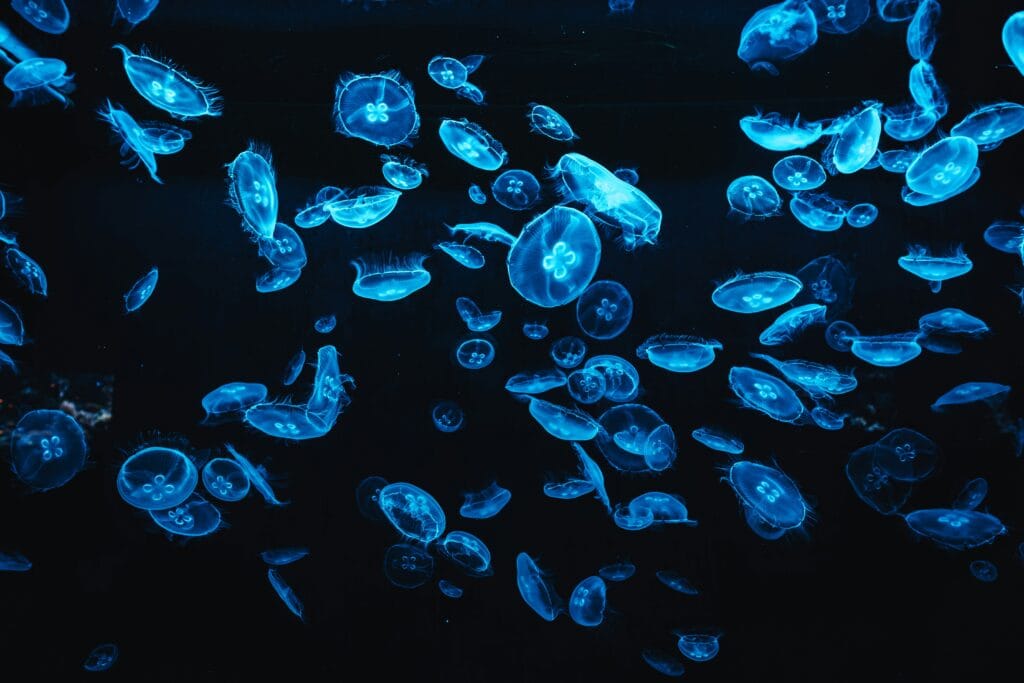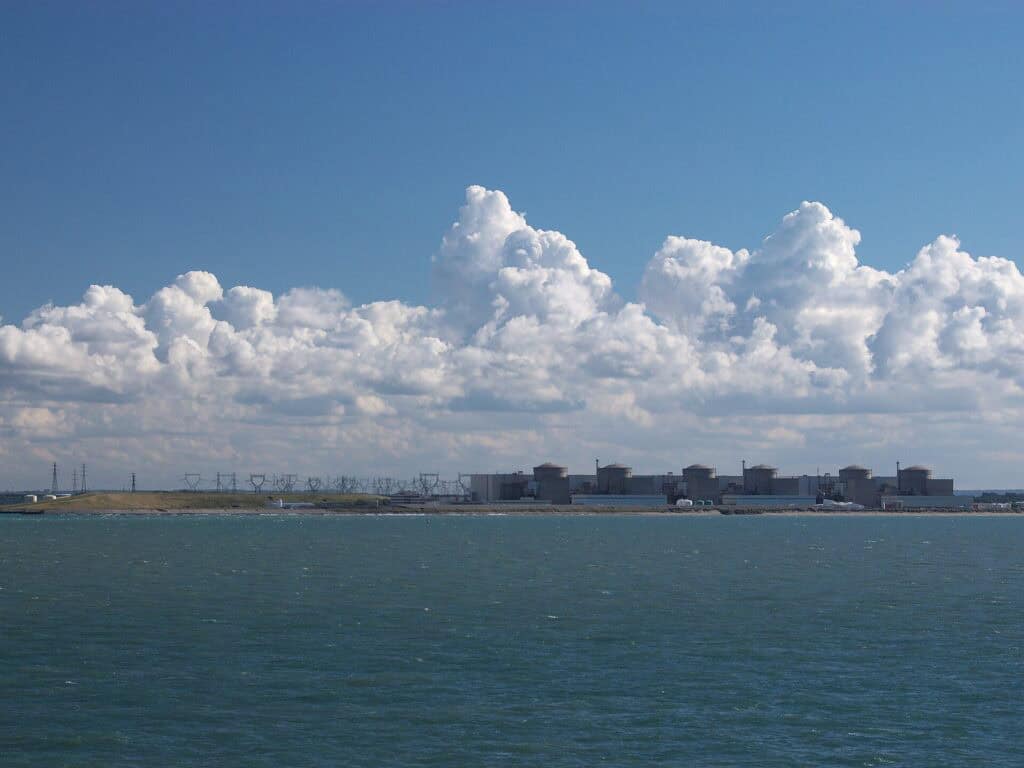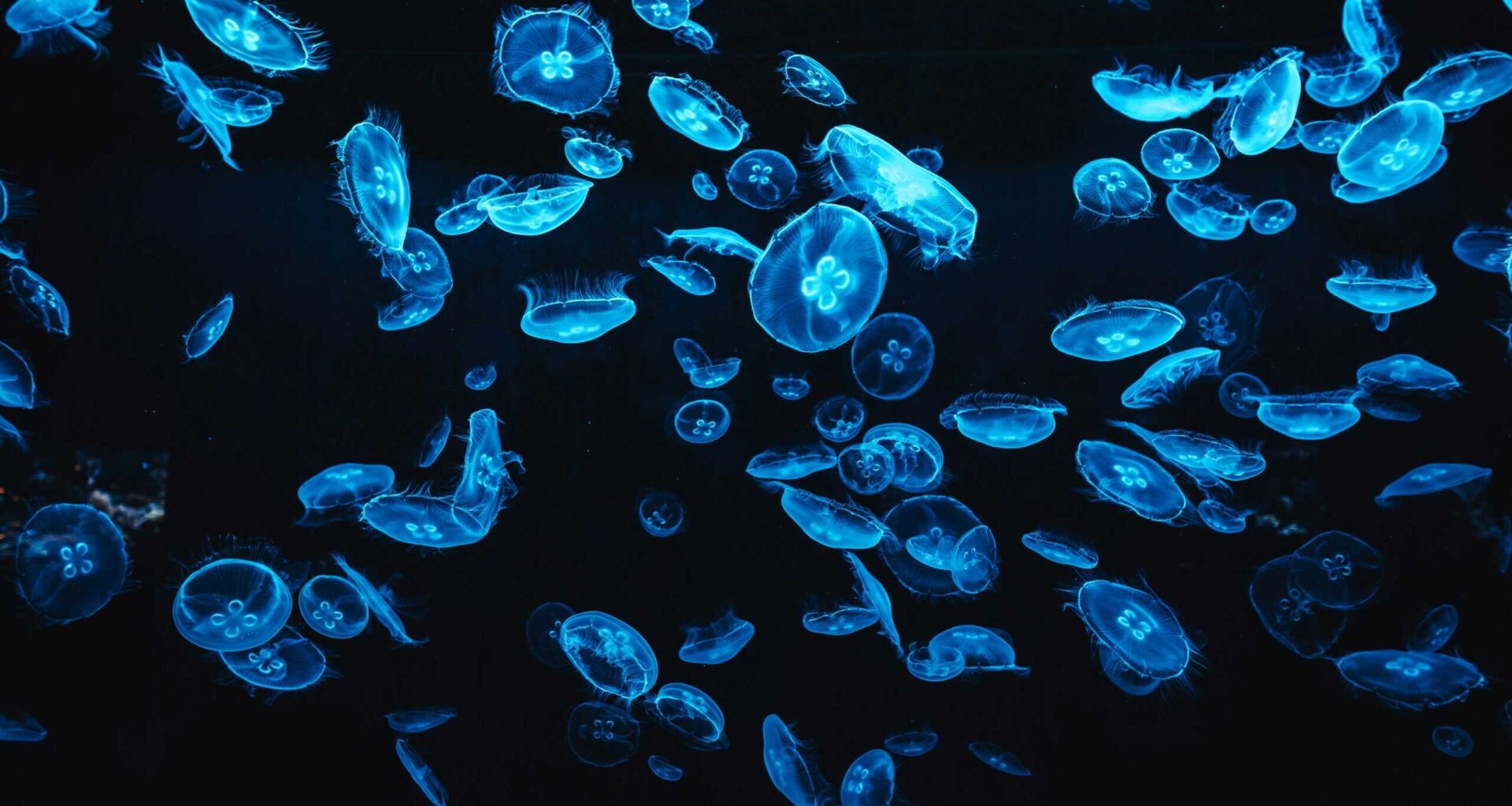 Jellyfish are causing unexpected problems for nuclear plant operators. Image credits: James Jeremy Beckers.
Jellyfish are causing unexpected problems for nuclear plant operators. Image credits: James Jeremy Beckers.
Late Sunday, a jellyfish swarm clogged the cooling-water filters at Gravelines, a six-reactor plant on France’s North Sea coast. Four units shut down automatically. It was a bad timing, as two other reactors were already offline for maintenance, leaving the site temporarily silent. According to European energy outlet Montel News, this essentially knocked out 10% of France’s nuclear capacity.
The system, which draws seawater from a canal connected to the North Sea, is designed to keep out debris. But jellyfish are flexible and slippery and they slipped through the initial screens. Eventually, they became trapped in the secondary filters. The resulting blockage cut water flow and triggered an automatic shutdown.
EDF, the state-owned company that operates the facility, stressed that there was no danger and this was a “non-nuclear” incident. There was no damage to the reactors, no risk to workers or the public, and no significant disruption to the national grid, the company said.
But this type of problem is becoming surprisingly common, and climate change is only making it worse.
Nuclear Jellyfish
While power was temporarily lost, it’s definitely better than other potential outcomes. The safety sytems operated as intended and no real risk of harm was present. Employees are now cleaning up the drum filters and operations can continue as soon as the rogue jellyfish are removed.
Marine biologists say warmer waters have extended the breeding season for jellyfish in the North Sea.
“Jellyfish breed faster when water is warmer, and because areas like the North Sea are becoming warmer, the reproductive window is getting wider and wider,” Derek Wright, marine biology consultant with the United States National Oceanic and Atmospheric Administration, told the Reuters news agency.
“Jellyfish can also hitch rides on tanker ships, entering the ships’ ballast tank in one port and often getting pumped out into waters halfway across the globe,” he said.
Overfishing has also removed many of their competitors. Furthermore, invasive jellyfish (such as the Asian moon jellyfish) have flooded the region’s ports and canals. Ballast ships can also bring jellyfish from one place to the other, making the invasive species even worse.
An International Issue
 The Gravelines power plant. Image via Wiki Commons.
The Gravelines power plant. Image via Wiki Commons.
France isn’t the only country to face this problem, either. The Torness nuclear plant in Scotland shut down for a week in 2011, and Sweden’s Oskarshamn plant experienced a similar shutdown in 2013. In 1999, a jellyfish surge in the Philippines caused a major blackout when it clogged a coal plant’s cooling system. Israel, Japan Florida, and California also faced similar problems in the past two decades.
Researchers at the University of Bristol have been working on an “early warning tool” that uses observation data and ocean modelling to predict jellyfish movements. Some projects are also testing drones to detect approaching swarms, giving operators time to adjust plant operations or deploy protective measures.
But for now, these solutions aren’t deployed effectively at scale.
This means nuclear and coal operators with open-water intakes will continue to be occasionally hit with higher operating costs and unplanned outages caused by jellyfish. Thankfully, nuclear plants are safe enough nowadays that this won’t lead to a meltdown or any type of nuclear accident. But it will cause problems.
Furthermore, as global temperatures continue to rise and many coastal areas face environmental degradation, coastal power plants will face even more biological fouling, especially from jellyfish, but also from other marine life like seaweed.
The Gravelines shutdown is more than an odd maritime mishap — it’s an unexpected symptom of a changing climate. Warmer seas, driven by rising global temperatures, create prime conditions for jellyfish to thrive, expanding their breeding seasons and boosting survival rates. Combined with overfishing, pollution, and the spread of invasive species, these shifts have tilted marine ecosystems in favor of jellyfish blooms.
